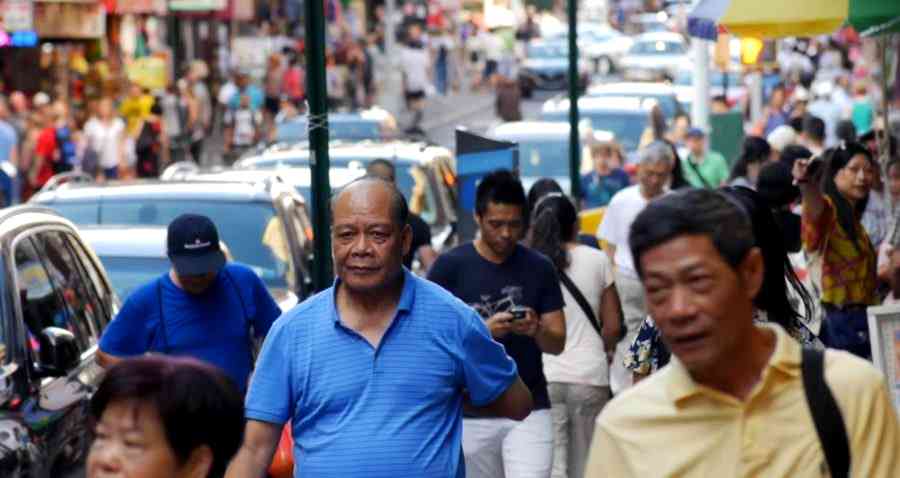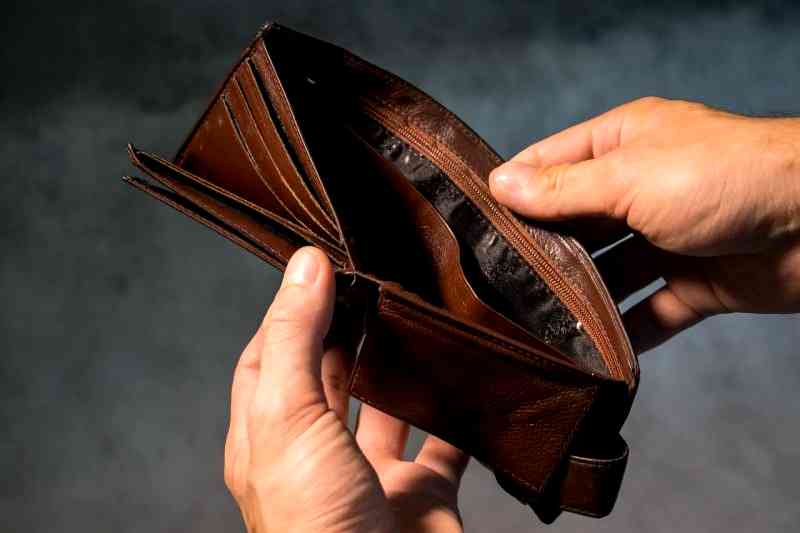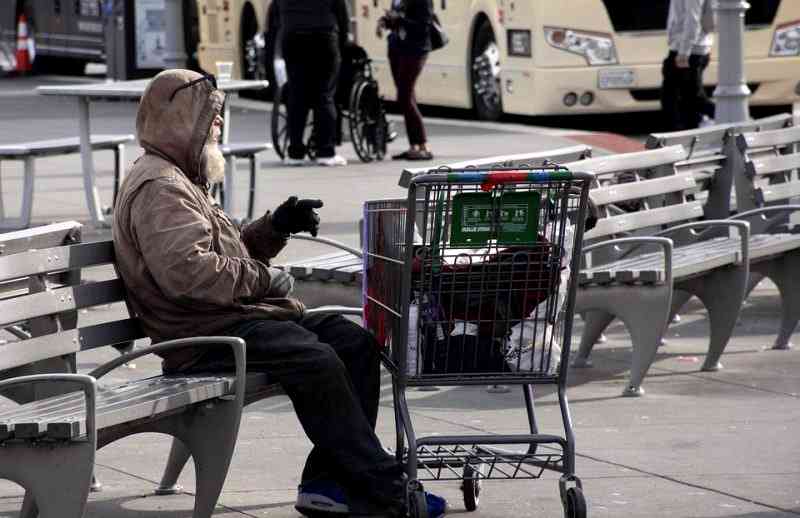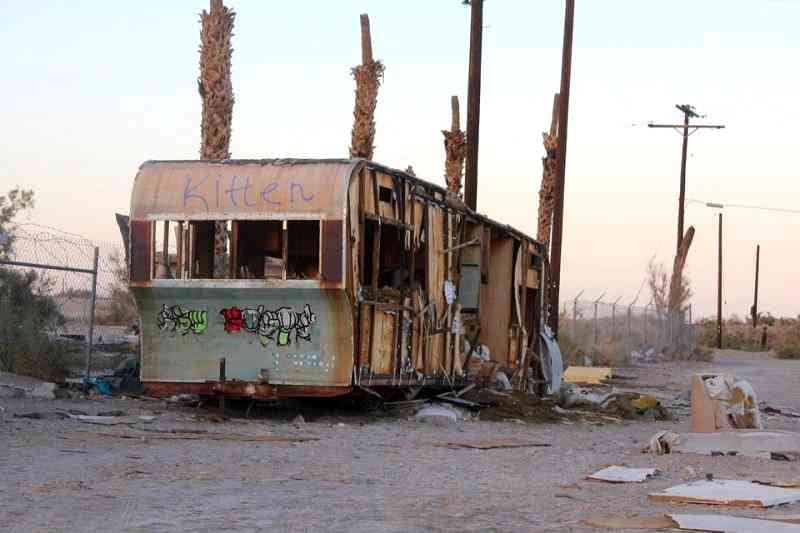23% of Asian Americans in California are Struggling with Poverty, Survey Reveals


By Carl Samson
November 19, 2019
Nearly one in four Asian American and Pacific Islanders (AAPI) in California are working and struggling with poverty, debunking the model-minority stereotype that members of the racial group
A new joint survey from AAPI Data, an organization publishing demographic data and policy research on the AAPI population, and the Public Religion Research Institute (PRRI), a nonpartisan research and education nonprofit, reveals that 23% of AAPIs in the area are “working and struggling with poverty,” contributing to a state of “two Californias” divided by a significant income gap.
“Although statistical averages show that AAPIs as a whole exhibit relatively high levels of employment and earning power, this report reveals significant areas of concern,” the report states. “Like for the rest of the population, we find a state of ‘two Californias’ among AAPIs — one where some AAPI workers report a great deal of financial stability and one in which other AAPI workers report significant financial insecurity and struggle.”
The survey, which polled 2,684 AAPIs in California, classify respondents as “working and struggling with poverty” if: (1) they are currently employed (full or part-time) or are unemployed but still seeking employment; and (2) they live in households that have an adjusted income 250% or less than the U.S. Census Bureau’s Supplemental Poverty Measure adapted for the state.
With 23% working and struggling with poverty, 37% are working but not struggling, while 40% are either retired, students or otherwise not working.
At 44%, Hmongs have the highest proportion of their population who are working and struggling with poverty, followed by Native Hawaiian and Pacific Islanders (36%), Cambodians (26%), Vietnamese (26%), Chinese (23%), Filipinos (22%), Japanese (22%), Indians (20%) and Koreans (15%).
Of the total respondents, almost one in five claims that they or someone at home had to postpone seeing their doctor or purchasing medication for financial reasons (19%), had difficulty paying their rent or mortgage (19%) or were not able to pay their monthly bill (17%).

Interestingly, the survey also tackled the population’s faith in the American Dream. It turns out that 62% believe in the national ethos, which promises that “if you work hard, you’ll get ahead.”
However, 55% question the notion that “hard work and determination alone” guarantee success, with 64% of those working and struggling with poverty expressing disagreement. Meanwhile, 54% of those working but not struggling with poverty hold the same opinion.
“Recent AAPI immigrants come to California with an optimistic vision of achieving the American Dream,” PRRI CEO Robert P. Jones said in a press release. “While they are still more optimistic than Californians overall, the longer they’re here, the more their real-life struggles and hardships erode this optimism and the sense that the American Dream is possible.”

Asian Americans, the fastest-growing racial group in the U.S., have also become the most economically-divided in the country.
To put this into perspective, a 2016 analysis by the Pew Research Center showed that Asians in the top 10th percentile earned 10.7 times as much as those in the bottom 10th percentile — setting a $120,000 difference.
Asians in New York are also said to be the poorest, with those living in poverty growing from 170,000 in 2000 to 245,000 in 2016, according to the Asian American Federation.
In 2014, Asian Americans composed 17.9% of those living in poverty in New York City and represented a 29% poverty rate, the highest of any racial or ethnic group, research nonprofit Urban Institute noted.

Other notable findings from the AAPI Data-PRRI survey show that the San Joaquin Valley and Inland Empire regions have the highest proportion of AAPIs who are working and struggling with poverty, making up 50% and 37%, respectively.
Additionally, workers struggling with poverty are more likely than their non-struggling counterparts to have been required to render overtime work without being paid (25% vs. 16%), be paid less than the minimum wage (20% vs. 5%) or see their wages withheld by their employer (14% vs. 5%).
AAPI Data founder Karthick Ramakrishnan, who also teaches political science and public policy at the University of California, Riverside said that the latest report aims to shed more light on unnoticed populations struggling to thrive.
“This is to better understand how economic struggle plays out in these groups, even including those who don’t fit the federal definition of poverty,” he said, according to the Sacramento Bee.
This article has been edited from its original version to correctly report that the survey found 1 in 4 AAPI Californians overall is struggling, not just 1 in 4 low-income workers.
Share this Article
Share this Article